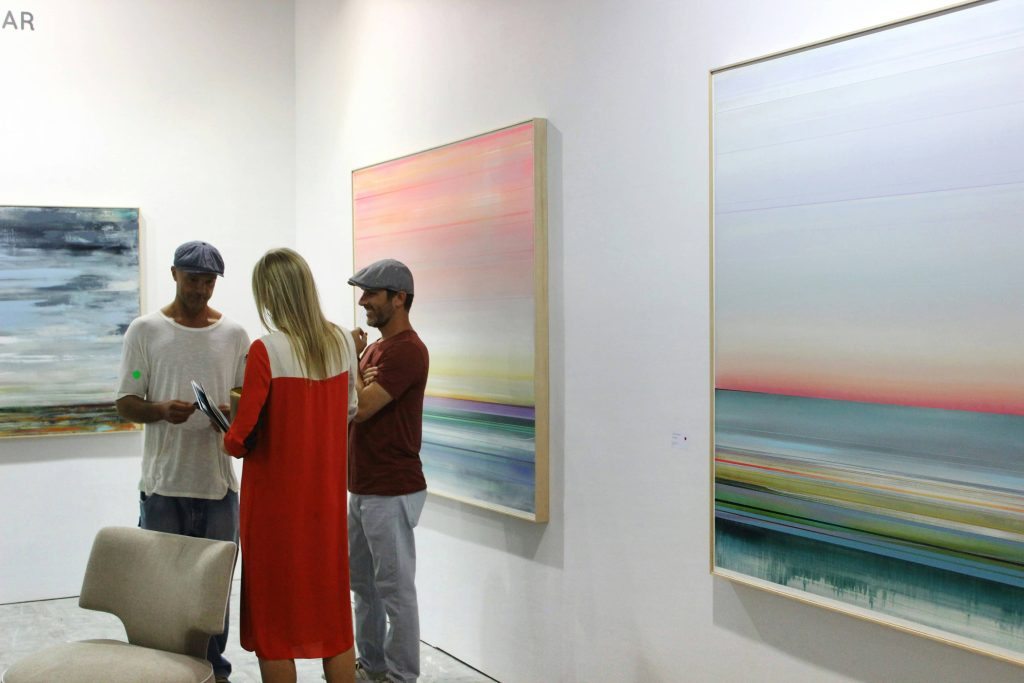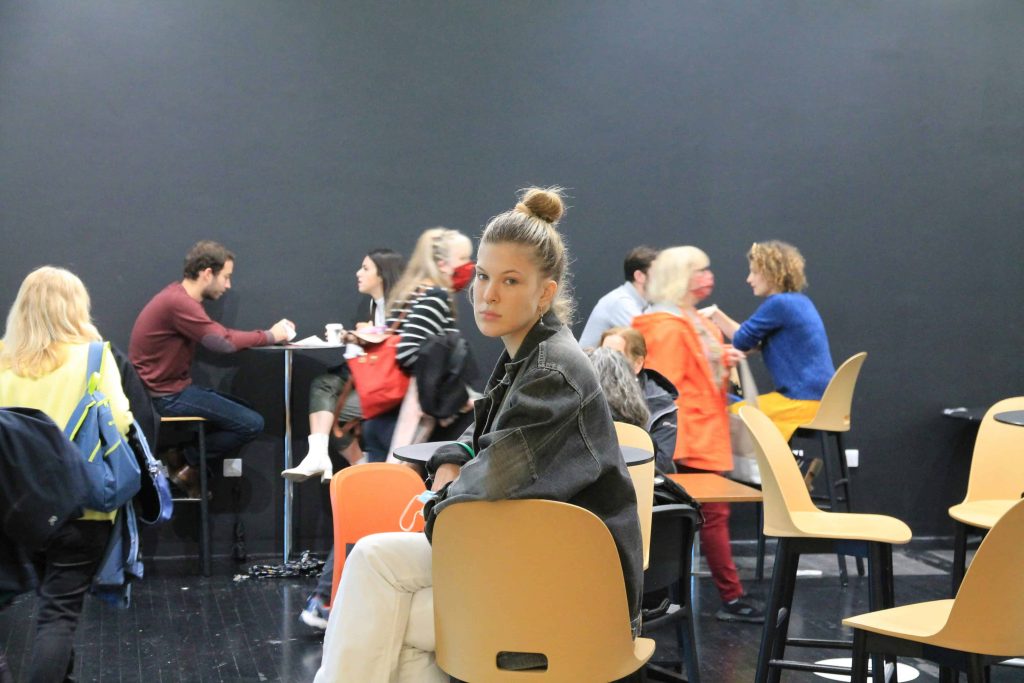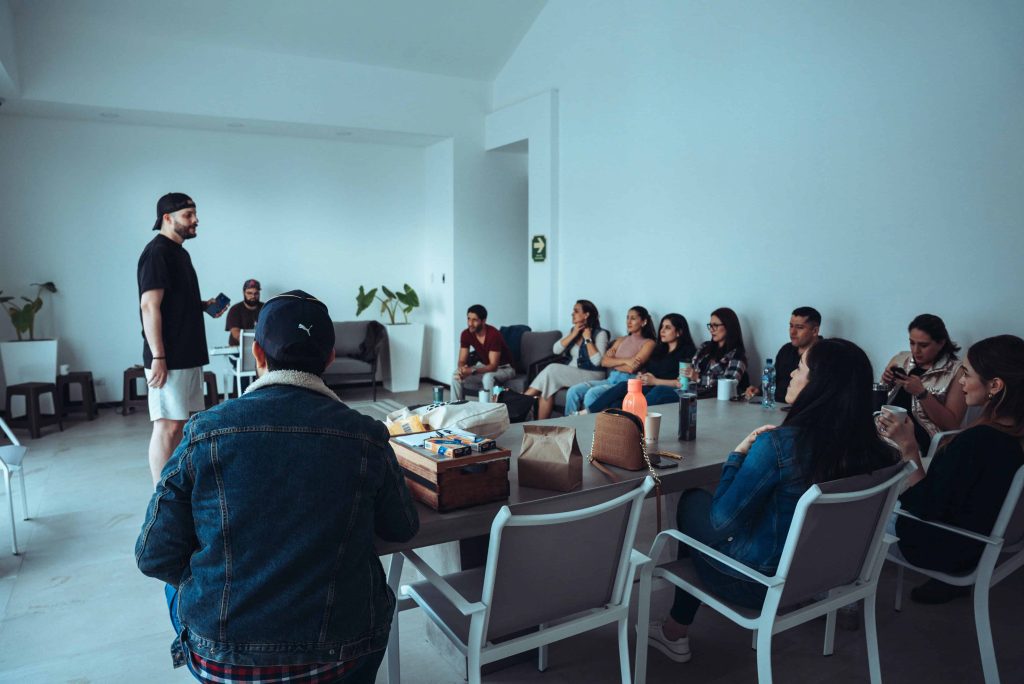
23 Jun Art Curation for Cultural Exchange: Strategies and Best Practices
Introduction to Art Curation for Cultural Exchange
Art curation in the context of cultural exchange refers to the intentional selection, organization, and presentation of artworks aimed at fostering mutual understanding between different cultures. Rather than merely assembling visually engaging exhibitions, curators work to create meaningful platforms where art becomes a bridge connecting people across geographical and cultural divides. In a world marked by increasing globalization, curating with cultural exchange in mind is essential for promoting tolerance, empathy, and shared values.
Art transcends language barriers and speaks to our common humanity. Through well-curated exhibitions, it is possible to open minds, challenge assumptions, and encourage appreciation for diverse traditions and worldviews. This article outlines the foundational principles, strategic methods, and best practices for curating art that encourages cultural exchange and promotes inclusive, authentic storytelling in a respectful and impactful way.
Foundational Principles of Curating for Cultural Exchange
Understanding and Respecting Diverse Cultural Contexts
At the heart of curating for cultural exchange is a commitment to understanding the cultural contexts from which artworks originate. This involves engaging in in-depth research and, where possible, interacting directly with communities and cultural practitioners. Respectful representation is key—curators must strive to avoid cultural appropriation or flattening cultures into simplistic narratives. Authenticity, complexity, and nuance should guide the storytelling process, giving space for multiple voices to be heard and valued.
Promoting Dialogue and Inclusivity
Cultural exchange exhibitions should create opportunities for active engagement and dialogue. Rather than being passive observers, audiences are encouraged to participate through interactive elements, community events, and open discussions. Including a wide range of perspectives in the curatorial process helps challenge dominant narratives and ensures more equitable representation. Accessibility is another crucial component—physical, linguistic, and cognitive barriers should be addressed to make exhibitions welcoming to people of all abilities and backgrounds.
Strategies for Selecting and Presenting Art
Intentional Selection of Artwork
The artwork featured in exhibitions must be chosen with intention and sensitivity. Curators should focus on themes that foster connections between cultures, such as migration, memory, identity, and shared human experiences. A well-balanced exhibition includes diverse artistic voices, embracing a variety of styles, media, and cultural influences. Highlighting both traditional and contemporary works provides a fuller picture of a culture’s artistic evolution and its relevance in today’s world.
Contextualizing Art Effectively
Art becomes more meaningful when viewers are provided with the necessary context to understand it. Interpretive materials such as labels, wall texts, and digital guides play a vital role in helping audiences engage deeply with the art. Innovative presentation methods, including multimedia displays and interactive installations, can make exhibitions more engaging and informative. Drawing connections between different cultural expressions helps visitors see common threads that link diverse societies.
Building Bridges Through Narrative
Narrative-driven exhibitions are especially effective in encouraging cross-cultural understanding. By focusing on universal themes—such as resilience, family, or celebration—curators can craft stories that resonate with a wide audience. These stories should be designed to build empathy and understanding, encouraging visitors to see the world through someone else’s lens. Importantly, curators should resist stereotypes and generalizations, presenting cultures in all their richness and diversity.
Best Practices in Exhibition Design and Implementation
Collaborative Approaches
Collaboration with artists, cultural organizations, and communities is vital to ensure authenticity and inclusivity. Joint projects with museums, local institutions, and international partners bring in valuable insights and foster shared ownership of the curatorial process. Engaging artists and cultural practitioners in meaningful ways ensures that exhibitions reflect lived experiences and cultural realities, rather than external interpretations.
Audience Engagement and Programming
Beyond the artworks themselves, exhibitions should offer a variety of programs that deepen understanding and create opportunities for dialogue. Educational initiatives such as guided tours, lectures, workshops, and school collaborations can enhance learning and encourage intergenerational engagement. Leveraging digital platforms—including social media, virtual tours, and interactive online content—can extend the reach of exhibitions, bringing the message of cultural exchange to broader and more diverse audiences.
Ethical and Sustainable Exhibition Practices
Curators have a responsibility to consider the ethical and environmental impacts of their exhibitions. Respecting the integrity of the artists and cultures involved means ensuring transparency in curatorial decisions and honoring cultural sensitivities. At the same time, sustainability should be prioritized—using eco-friendly materials, reducing energy consumption, and minimizing waste can help ensure that cultural exchange is promoted in a way that is both socially and environmentally responsible.
Measuring Impact and Future Directions
Assessing the Effectiveness of Cultural Exchange Initiatives
Measuring the impact of cultural exchange efforts helps refine curatorial practices and ensure continued relevance. Curators can track visitor engagement through attendance figures, feedback surveys, social media analytics, and in-depth interviews. Beyond numbers, qualitative data—such as personal reflections or community feedback—can offer deeper insights into how audiences are connecting with the artworks and the stories behind them.
Sustaining and Expanding Cultural Exchange Through Art
For cultural exchange initiatives to have lasting value, they must be built on sustained relationships and evolving dialogue. Developing long-term partnerships with artists and institutions creates opportunities for future collaborations and deepens cultural understanding over time. As cultural landscapes shift, curators must remain flexible and open to innovation, embracing new media, emerging voices, and transformative ideas. Advocacy for the continued importance of art in global education and diplomacy is essential for keeping cultural exchange at the forefront of curatorial practice.
Conclusion
Art curation for cultural exchange is a transformative practice rooted in respect, empathy, and collaboration. By applying thoughtful strategies and embracing inclusive principles, curators can design exhibitions that resonate across borders and foster meaningful connections. From intentional selection and narrative-driven storytelling to community partnerships and innovative programming, each element contributes to the larger goal of building a more connected and understanding world. As we move forward, let us commit to curating with care, creativity, and a vision for global harmony.
Key Takeaways
- Purposeful Curation Promotes Cultural Understanding: Art curation for cultural exchange is about more than aesthetics—it fosters empathy, challenges stereotypes, and connects diverse cultures through shared human experiences.
- Authenticity and Respect Are Essential: Curators must research deeply and engage with communities to ensure accurate, respectful representation. Avoiding cultural appropriation and embracing multiple perspectives is key.
- Strategic Artwork Selection and Contextualization: Art should be chosen for its cultural relevance and universal themes like identity and migration. Clear context—via labels, multimedia, and storytelling—helps audiences connect meaningfully.
- Collaboration Enriches Exhibitions: Working closely with artists, cultural groups, and institutions ensures inclusivity, authenticity, and shared ownership of the curatorial process.
- Engagement Beyond the Gallery: Programs like workshops, guided tours, and digital content (e.g., virtual tours, social media) extend the impact of exhibitions and reach broader audiences.
- Ethical and Sustainable Practices: Curators must uphold cultural sensitivity, transparency, and environmental responsibility in exhibition planning and execution.
- Measuring Impact Ensures Relevance: Feedback, analytics, and community input help evaluate effectiveness and guide future improvements in curatorial strategy.
- Long-Term Vision Sustains Cultural Dialogue: Ongoing partnerships, innovation, and advocacy keep cultural exchange active and relevant in a constantly evolving global landscape.
FAQs
What is the main goal of art curation for cultural exchange?
The primary goal of art curation for cultural exchange is to foster mutual understanding between diverse cultures. It involves intentionally selecting and presenting artworks in ways that promote empathy, challenge stereotypes, and celebrate shared human experiences, ultimately helping audiences connect across cultural and geographic boundaries.
How can curators ensure respectful cultural representation in exhibitions?
Curators can ensure respectful representation by conducting thorough research, engaging directly with cultural communities, and collaborating with artists and practitioners. Avoiding stereotypes and embracing complexity allows for authentic storytelling that honors the origins of the artwork and gives voice to the cultures being represented.
Why is measuring impact important in cultural exchange exhibitions?
Measuring impact helps curators evaluate how effectively their exhibitions foster cross-cultural understanding. Using both quantitative metrics (like attendance and social media engagement) and qualitative insights (such as visitor feedback or emotional responses) allows for continuous improvement and ensures the exhibitions remain relevant and meaningful.
Find out how artists who move beyond traditional boundaries are not only enriching their practice but also gaining visibility, credibility, and income through innovative partnerships with sectors that value creativity as a key driver of progress.




